All reports
Sickle cell
·
Jan 16, 2025
Thriving through the challenges: tips for managing school, work, and family with sickle cell disease
Navigate the challenges of sickle cell disease with practical tips tailored on how to balance school, work, and family while prioritizing your health and well-being.
Reports are in beta and continually improving. They are not a substitute for professional medical advice. Please contact us to give feedback.
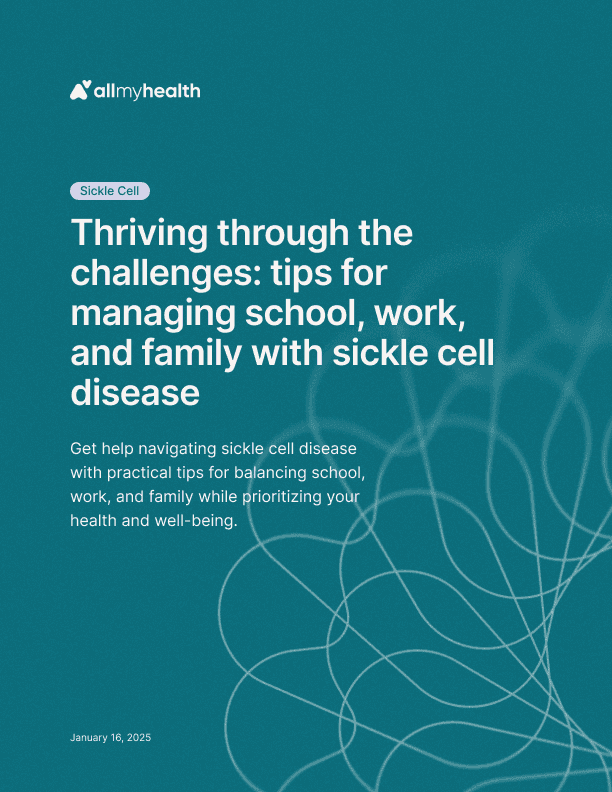
Stay informed
This report was published in our weekly newsletter and on our community page. Follow to stay up to date with the latest news and research relevant to your condition.
Introduction
Sickle cell disease (SCD) is a genetic condition that affects red blood cells. People with SCD often experience pain crises, fatigue, and other complications that can make it difficult to manage school, work, and family life. However, with the right strategies and support systems in place, individuals with SCD can thrive and live full and productive lives. This article provides practical tips and resources for individuals with SCD and their families to navigate the challenges of this condition, with specific information for the UK population.
Understanding Sickle Cell Disease
SCD is an inherited blood disorder that affects the shape of red blood cells. These cells become rigid and sticky, resembling a sickle, which can block blood flow and cause various health problems. Early diagnosis and preventing further problems is critical in treating SCD [1]. It's important to remember that SCD can vary in severity from person to person, and the disease can be unpredictable [2]. Common symptoms include:
Pain crises: These are episodes of severe pain that can occur suddenly and last for days or even weeks.
Fatigue: Feeling tired or weak is a common symptom due to the reduced oxygen-carrying capacity of the blood.
Infections: People with SCD are more susceptible to infections due to damage to the spleen [1].
Anemia: This is a condition where the body doesn't have enough healthy red blood cells to carry oxygen to the tissues.
Delayed growth and puberty: SCD can affect growth and development in children.
Organ damage: Over time, SCD can damage organs such as the spleen, kidneys, lungs, and brain.
Sickle Cell Disease in the UK
In the UK, sickle cell disease is most commonly seen in people of African and Caribbean backgrounds [24]. Approximately 17,500 people in the UK have sickle cell disorder, and almost 300 babies are born with the condition each year [25]. It is the most common genetic disorder in the UK [26]. A simple blood test will show whether you're a carrier of the sickle cell gene. This is done routinely during pregnancy and after birth, but you can ask to have the test at any time [24].
Managing SCD in School
For students with SCD, school can present unique challenges. Here are some tips for managing SCD in the school environment:
Stay hydrated: Dehydration can trigger pain crises, so it's crucial to drink plenty of water throughout the day. Carry a water bottle and take frequent bathroom breaks [4]. Students with SCD may need to use the restroom more often than other children [5].
Communicate with teachers and school staff: Inform your teachers and school nurse about your condition and any necessary accommodations. This may include:
Flexible attendance policies: Allowances for missed classes due to medical appointments or pain crises.
Modified assignments: Adjustments to homework deadlines or test schedules.
Access to a quiet space: A place to rest or manage pain during the school day.
Temperature control: Avoiding extreme temperatures in classrooms and during outdoor activities [6]. Schools should be aware that students with SCD may become ill if they are too hot or too cold [6].
Advocate for yourself: Don't hesitate to speak up if you need assistance or accommodations [7].
Connect with other students with SCD: Support groups or online forums can provide a sense of community and shared experiences [8].
Individualized Education Plans (IEPs): For some students, an IEP can be helpful in managing SCD at school. An IEP outlines specific accommodations and support services to meet the student's individual needs [9].
Rest and Breaks: Students with SCD may need more breaks and rest than their peers. Schools can accommodate this by allowing for rest periods during the day, providing indoor alternatives to recess in extreme weather, and being understanding of fatigue [9].
Managing SCD in the Workplace
Balancing work responsibilities with SCD can be demanding. Here are some strategies for managing SCD in the workplace:
Communicate with your employer: Discuss your condition and any necessary accommodations with your employer or human resources department. This may include:
Flexible work arrangements: Options for working from home or adjusting work hours [11].
Access to a comfortable workspace: A well-heated environment with access to water and bathroom breaks [11].
Time off for medical appointments: Allowing for necessary medical care without jeopardizing employment [11].
Dress code modifications: If your workplace has a dress code, request modifications that can help you manage your symptoms, such as dressing in layers to adapt to changing temperatures [12].
Workstation comfort: Ensure your workstation is set up to meet your needs, such as having an adjustable chair or ergonomic equipment [12].
Know your rights: The Equality Act 2010 prohibits discrimination against individuals with disabilities, including SCD, in the workplace. This means employers are required to provide reasonable adjustments to enable employees with SCD to perform their job duties.
Prioritize your health: Make sure to schedule regular check-ups, take medications as prescribed, and maintain a healthy lifestyle [2].
Manage stress: Stress can trigger pain crises, so it's important to find healthy ways to manage stress, such as exercise, relaxation techniques, or mindfulness practices [2].
Managing SCD and Family Life
SCD can affect not only the individual but also their family. Here are some tips for managing SCD and family life:
Educate family members: Help family members understand SCD and how they can support you. This includes explaining the symptoms, potential complications, and the emotional and social impact of the condition.
Communicate openly: Share your experiences and challenges with your family. Open communication can help foster understanding and support within the family unit.
Seek support from others: Connect with other families affected by SCD through support groups or online forums. Sharing experiences and challenges with others who understand can be invaluable [8].
Prioritize self-care: Make time for activities that help you relax and recharge, such as spending time in nature, pursuing hobbies, or practicing mindfulness [2].
Build a strong support system: Lean on family members, friends, and community resources for emotional and practical support.
Address the emotional and social impact: SCD can have a significant emotional and social impact on family members. Encourage open communication about feelings, concerns, and challenges.
Tips for Managing SCD Symptoms and Complications
Pain Management
Stay hydrated: Drink plenty of fluids to prevent dehydration, which can worsen pain [13].
Apply heat: Use a heating pad or warm bath to help relieve pain [14].
Take pain medication as prescribed: Over-the-counter pain relievers or prescription medications may be necessary to manage pain. Use pain medicines such as ibuprofen or naproxen sparingly, if at all, because of the possible effect on the kidneys [15].
Consider non-pharmacological approaches: Techniques such as massage, acupuncture, or relaxation exercises may also help [17].
Recognize and manage triggers: Identify and avoid factors that can trigger pain crises, such as extreme temperatures, dehydration, stress, and high altitudes [13].
Fatigue Management
Get enough sleep: Aim for 7-9 hours of sleep per night [17].
Pace yourself: Avoid overexertion and take breaks when needed.
Eat a healthy diet: Focus on nutrient-rich foods to support energy levels [17].
Infection Prevention
Wash your hands frequently: Use soap and water or hand sanitizer to prevent the spread of germs [18].
Get vaccinated: Stay up-to-date on recommended vaccinations [15].
Avoid contact with sick people: If possible, limit exposure to individuals who are ill.
Seek medical attention promptly: If you suspect an infection, contact your healthcare provider immediately.
Mental Health Support for People with SCD and Their Families
Living with SCD can be emotionally challenging. It's important to prioritize mental health and seek support when needed. Here are some resources:
Therapy and counseling: Mental health professionals can provide support and coping strategies for managing stress, anxiety, and depression [19].
Support groups: Connecting with others who understand the challenges of SCD can provide a sense of community and support [20].
Online forums and communities: Online platforms offer a space to connect with others, share experiences, and find information [20].
Mindfulness and relaxation techniques: Practices such as meditation, deep breathing, and yoga can help reduce stress and improve overall well-being [21].
Positive attitude and strong relationships: Maintaining a positive attitude and nurturing strong family relationships and friendships can be crucial in coping with SCD [14].
Maintaining a Healthy Lifestyle with SCD
Adopting a healthy lifestyle can help manage SCD symptoms and prevent complications. Here are some key tips:
Diet: Eat a balanced diet rich in fruits, vegetables, whole grains, and lean protein [22].
Hydration: Drink plenty of water throughout the day, especially during physical activity or in hot weather [22].
Exercise: Engage in regular moderate-intensity exercise, such as walking, swimming, or cycling [22].
Sleep: Aim for 7-9 hours of quality sleep per night [22].
Stress management: Practice relaxation techniques, such as deep breathing, meditation, or yoga [22].
Avoid smoking: Smoking increases the risk of pain crises and other complications [16].
Avoid excessive alcohol consumption: Alcohol can dehydrate the body and worsen SCD symptoms [22].
Routine eye exams: Get regular eye exams to screen for potential eye problems associated with SCD [23].
Resources and Support Organizations in the UK
Several organizations offer valuable resources and support for people with SCD and their families in the UK. These include:
Sickle Cell Society: Provides information, support, and advocacy for people affected by SCD in the UK. They offer a helpline, support groups, and educational resources [25].
NHS Sickle Cell and Thalassaemia (SCT) Screening Programme: Offers screening for sickle cell disease and thalassemia to pregnant women and newborn babies in England [27].
UK Forum for Haemoglobin Disorders: A network of organizations working to improve the lives of people with sickle cell disease and other hemoglobin disorders in the UK.
Financial Assistance and Support Programs in the UK
NHS: Provides free healthcare for all UK residents, including those with sickle cell disease.
Disability benefits: Individuals with SCD may be eligible for disability benefits, such as Personal Independence Payment (PIP) or Employment and Support Allowance (ESA), to help with the costs of living with a disability.
Local authorities: May offer financial assistance for specific needs, such as home adaptations or travel costs for medical appointments.
Conclusion
Living with SCD presents unique challenges, but with the right knowledge, strategies, and support systems, individuals with SCD can thrive in all aspects of their lives. By prioritizing their health, communicating their needs, and seeking support from healthcare providers, family, and community, individuals with SCD can manage their condition effectively and live full and productive lives. Take the first step today by connecting with the resources and support organizations mentioned in this article and reaching out to your healthcare provider to discuss your individual needs.
References
1. Sickle Cell Disease | Johns Hopkins Medicine, https://www.hopkinsmedicine.org/health/conditions-and-diseases/sickle-cell-disease
2. Living with Sickle Cell Disease, https://sickle-cell.com/living-with
3. Managing the stress of school and sickle cell at the same time, https://sicklecellanemianews.com/columns/managing-stress-school-sickle-cell-same-time/
4. sicklecellconsortium.org, https://sicklecellconsortium.org/wp-content/uploads/2018/09/Sickle-Cell-and-School-Policy-2018color.pdf
5. 8 Tips to Support Students With Sickle Cell Disease - Black Health Matters!, https://blackhealthmatters.com/tips-support-students-sickle-cell-disease/
6. A Guide to School Policy - Sickle Cell Society, http://sicklecellsociety.org/wp-content/uploads/2015/01/Dyson-School-policy-sickle-cell.pdf
7. Self-Advocacy & Resources for Sickle Cell Warriors, https://www.sicklecellmn.org/self-advocacy
8. New Online Platform Created to Support Sickle Cell Disease Community, https://sicklecellanemianews.com/news/online-platform-created-support-sickle-cell-community/
9. Sickle Cell Disease Factsheet (for Schools) (for Parents) | Nemours KidsHealth, https://kidshealth.org/en/parents/sickle-cell-factsheet.html
10. SICKLE CELL - Virginia Department of Health, https://www.vdh.virginia.gov/content/uploads/sites/65/2020/10/Sickle-Cell-School-Handbooklet-2020WEB.pdf
11. Preparing for School & The Workplace with SCD | Sickle Cell Speaks, https://www.sicklecellspeaks.com/managing-sickle-cell/preparing-for-the-work-place
12. Sickle Cell Disease and the Workplace, https://heartogold.org/advocacy/sickle-cell-disease-and-the-workplace/
13. Living with sickle cell disease - NHS, https://www.nhs.uk/conditions/sickle-cell-disease/living-with/
14. Practical Tips for Preventing a Sickle Cell Crisis | AAFP, https://www.aafp.org/pubs/afp/issues/2000/0301/p1363.html
15. Sickle Cell Disease (SCD): Types, Symptoms & Causes - Cleveland Clinic, https://my.clevelandclinic.org/health/diseases/12100-sickle-cell-disease
16. Sickle cell anemia - Diagnosis & treatment - Mayo Clinic, https://www.mayoclinic.org/diseases-conditions/sickle-cell-anemia/diagnosis-treatment/drc-20355882
17. Managing Pain & Fatigue - Sickle Cell Speaks, https://www.sicklecellspeaks.com/managing-sickle-cell/pain-management
18. Prevention and Treatment of SCD Complications | Sickle Cell Disease (SCD) | CDC, https://www.cdc.gov/sickle-cell/about/prevention-and-treatment.html
19. Addressing the hidden struggle: mental health in sickle cell disease, https://www.evms.edu/pulse/archive/addressingthehiddenstrugglementalhealthinsicklecelldisease.php
20. Four Solutions for Sickle Cell Disease Support, https://nichq.org/blog/four-solutions-sickle-cell-disease-support/
21. Mental Health and Wellness - Sickle Cell Disease Association of America Inc., https://www.sicklecelldisease.org/mental-health-and-wellness/
22. Living With Sickle Cell Disease: What Helps - WebMD, https://www.webmd.com/a-to-z-guides/living-with-sickle-cell
23. Sickle Cell Disease: Preventing Problems and Staying Healthy - MyHealth Alberta, https://myhealth.alberta.ca/Health/pages/conditions.aspx?hwid=uh1427
24. www.nhs.uk, https://www.nhs.uk/conditions/sickle-cell-disease/causes/#:~:text=In%20the%20UK%2C%20sickle%20cell,the%20test%20at%20any%20time.
25. About Sickle Cell, https://www.sicklecellsociety.org/about-sickle-cell/
26. Sickle Cell Disease | UKOSS - NPEU, https://www.npeu.ox.ac.uk/ukoss/completed-surveillance/scd
27. What is sickle cell disease? - University College London Hospitals NHS Foundation Trust, https://www.uclh.nhs.uk/our-services/find-service/cancer-services/blood-cancers-clinical-haematology/blood-diseases-types-and-services/red-cell-conditions/sickle-cell-anaemia/what-sickle-cell-disease

Gaucher disease
·
Inclusion of Gaucher disease in newborn screening panels across the U.S.
Apr 9, 2025

Hemophilia
·
Qfitlia: A breakthrough in hemophilia treatment
Apr 3, 2025

Multiple myeloma
·
Navigating clinical trials in multiple myeloma
Apr 2, 2025

Gene and cell therapy
·
An introduction to cell therapy
Mar 25, 2025

Gene and cell therapy
·
An introduction to gene therapy
Mar 19, 2025
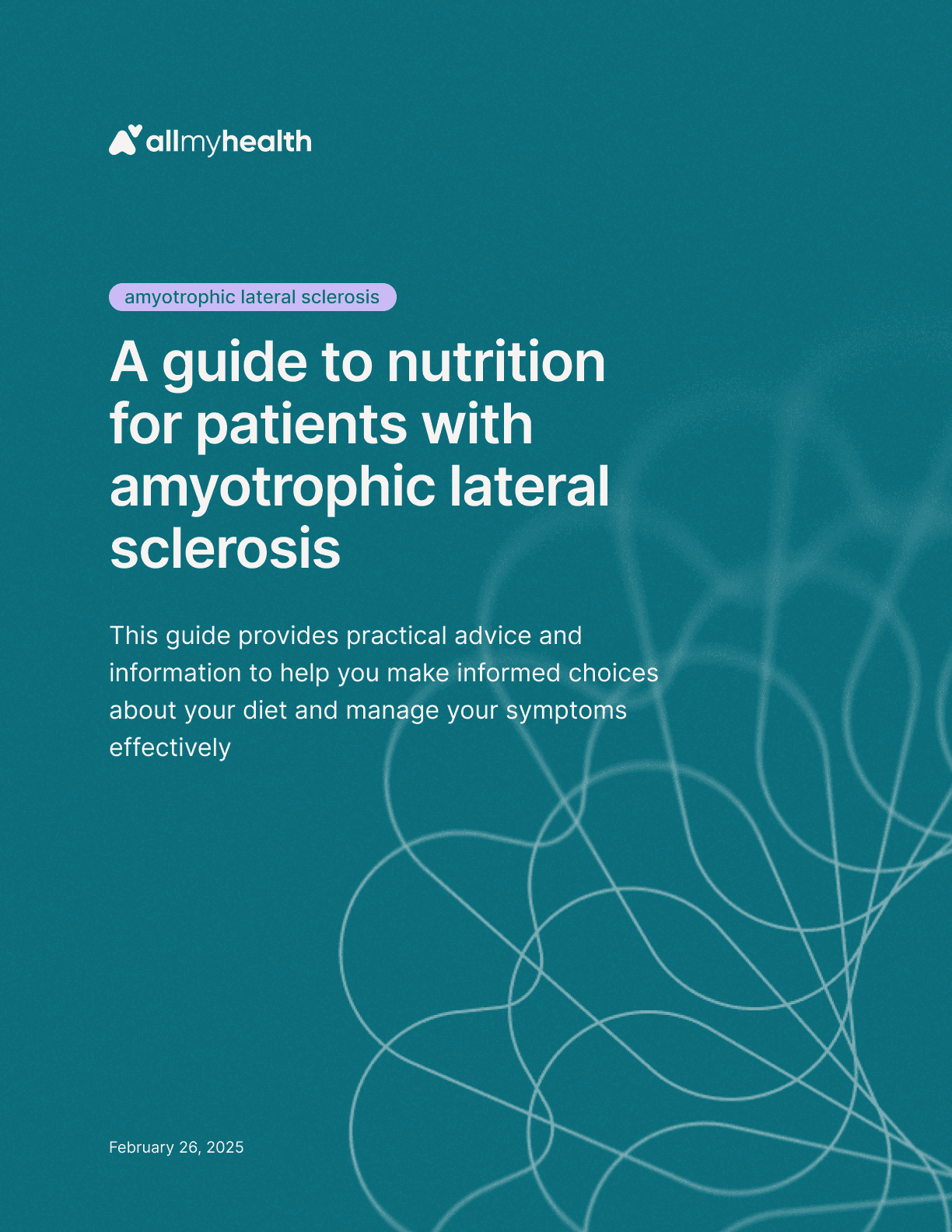
Amyotrophic lateral sclerosis
·
A guide to nutrition for patients with amyotrophic lateral sclerosis
Feb 26, 2025
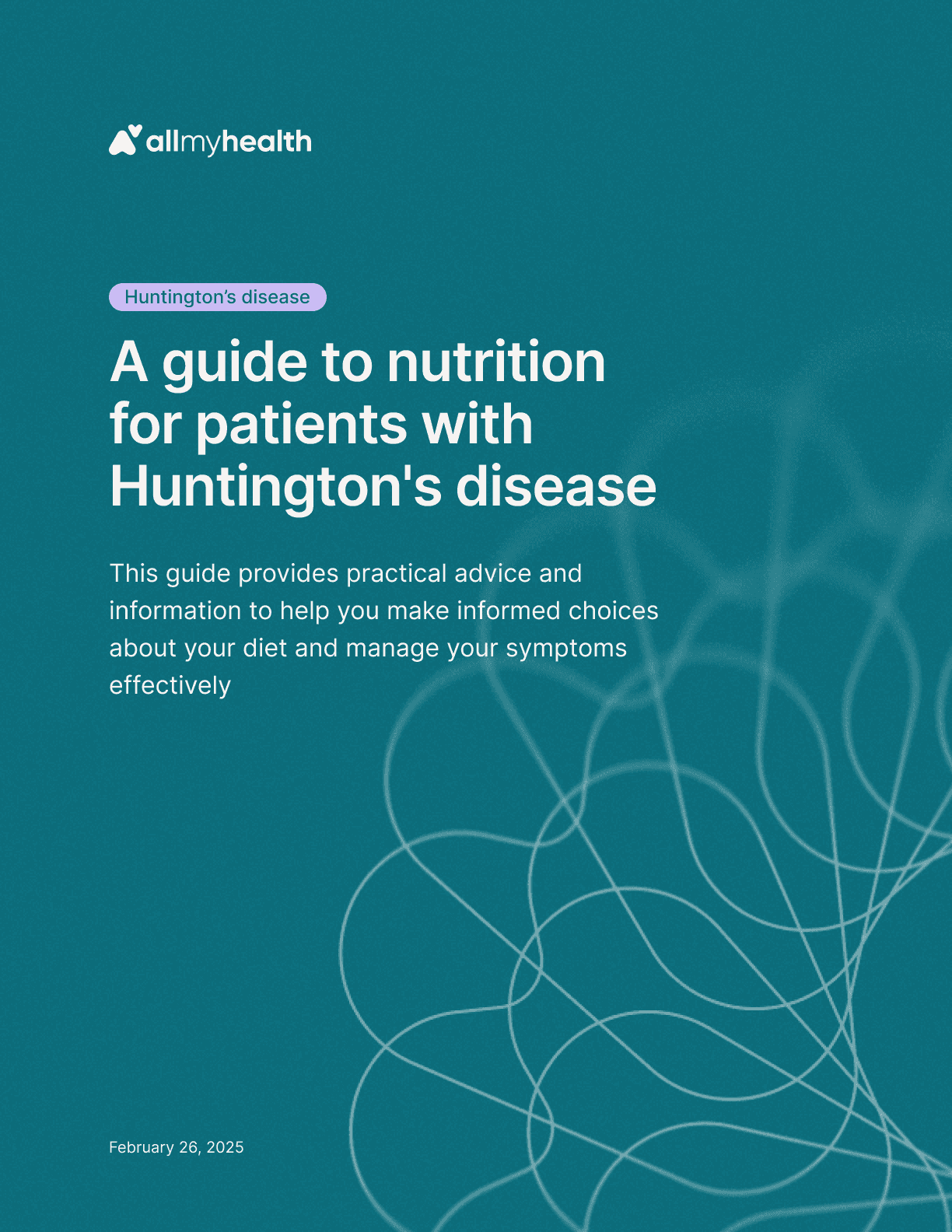
Huntington's disease
·
A guide to nutrition for patients with Huntington's disease
Feb 26, 2025

Spinal muscular atrophy
·
A guide to nutrition for patients with spinal muscular atrophy
Feb 26, 2025
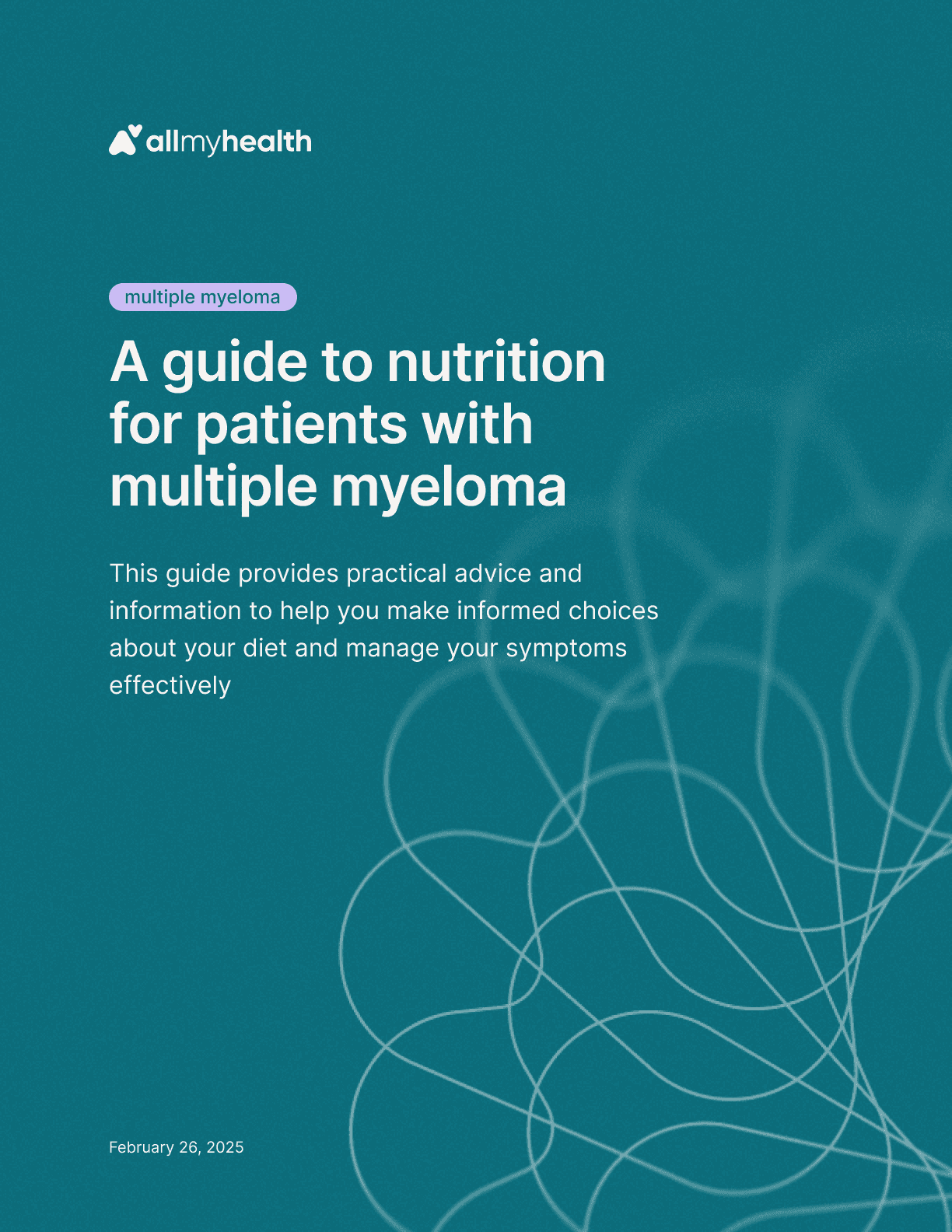
Multiple myeloma
·
A guide to nutrition for patients with multiple myeloma
Feb 26, 2025
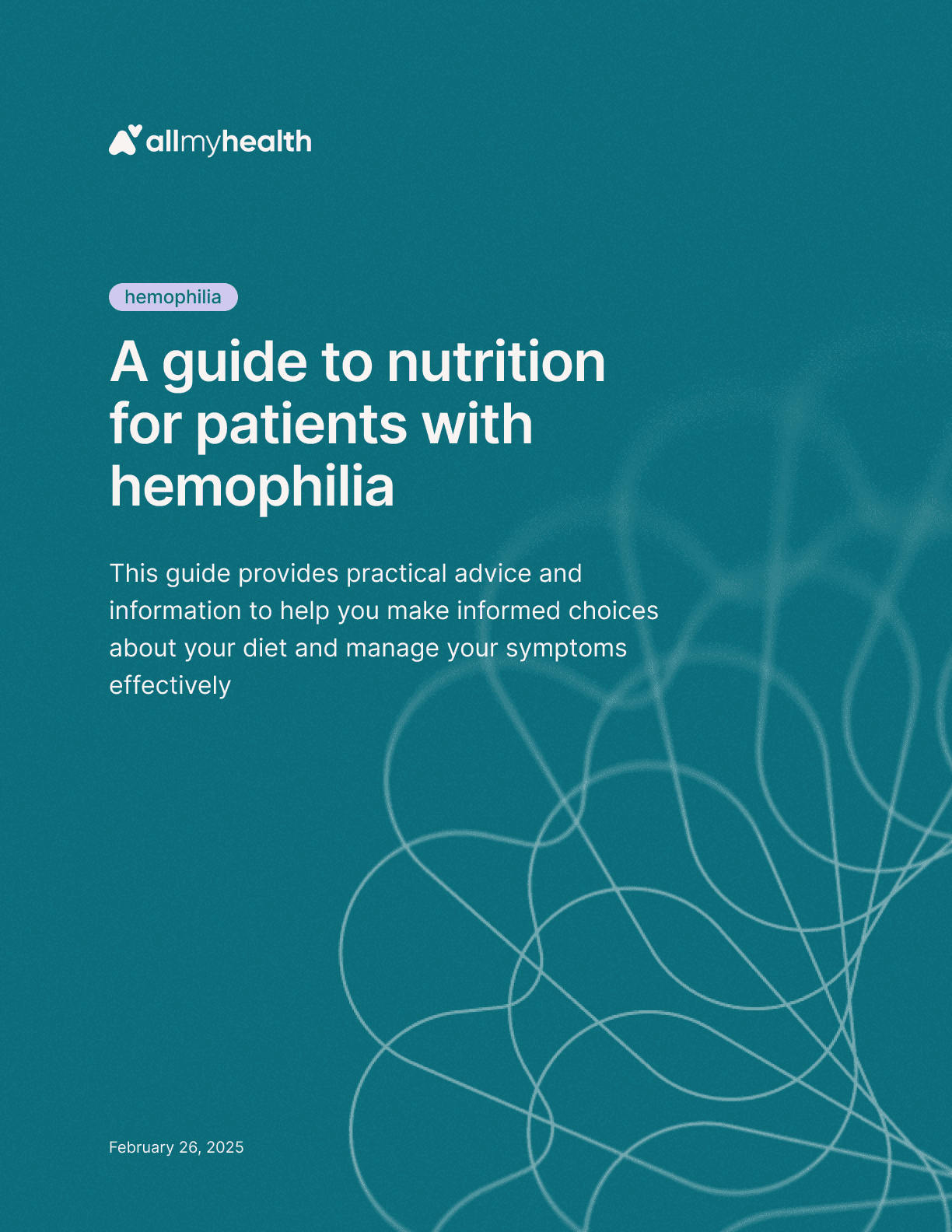
Hemophilia
·
A guide to nutrition for patients with hemophilia
Feb 26, 2025
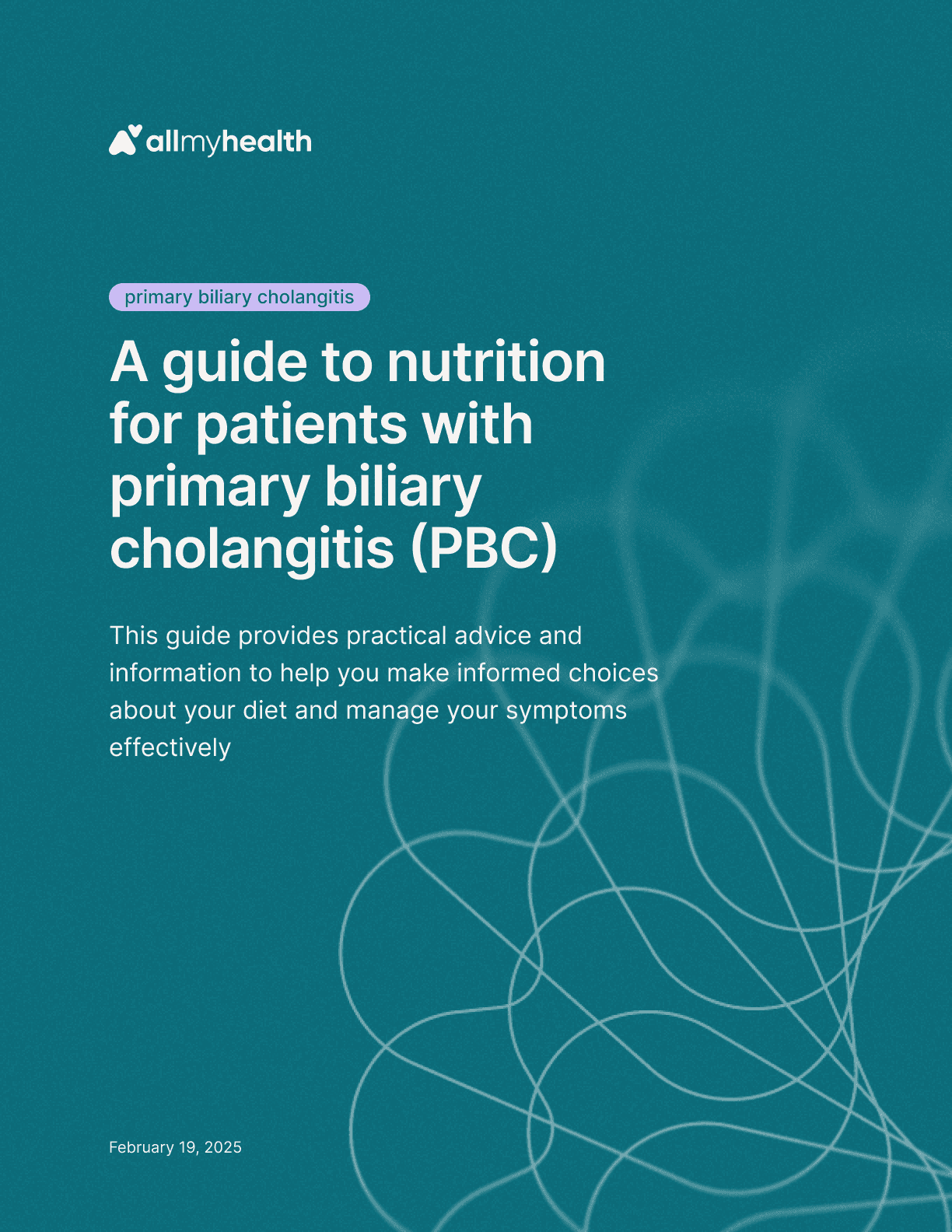
Primary biliary cholangitis
·
A guide to nutrition for patients with primary biliary cholangitis (PBC)
Feb 19, 2025
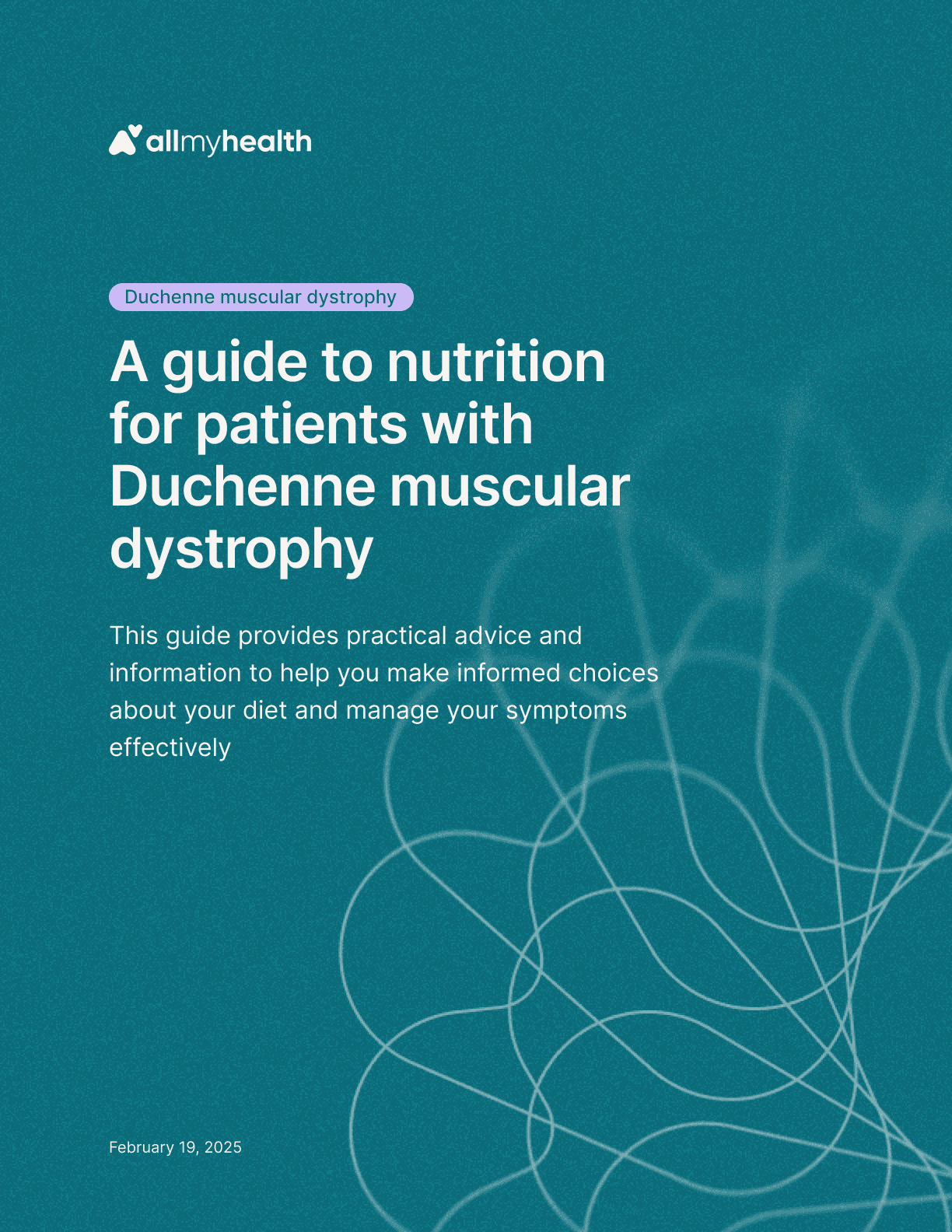
Duchenne muscular dystrophy
·
A guide to nutrition for patients with Duchenne muscular dystrophy
Feb 19, 2025
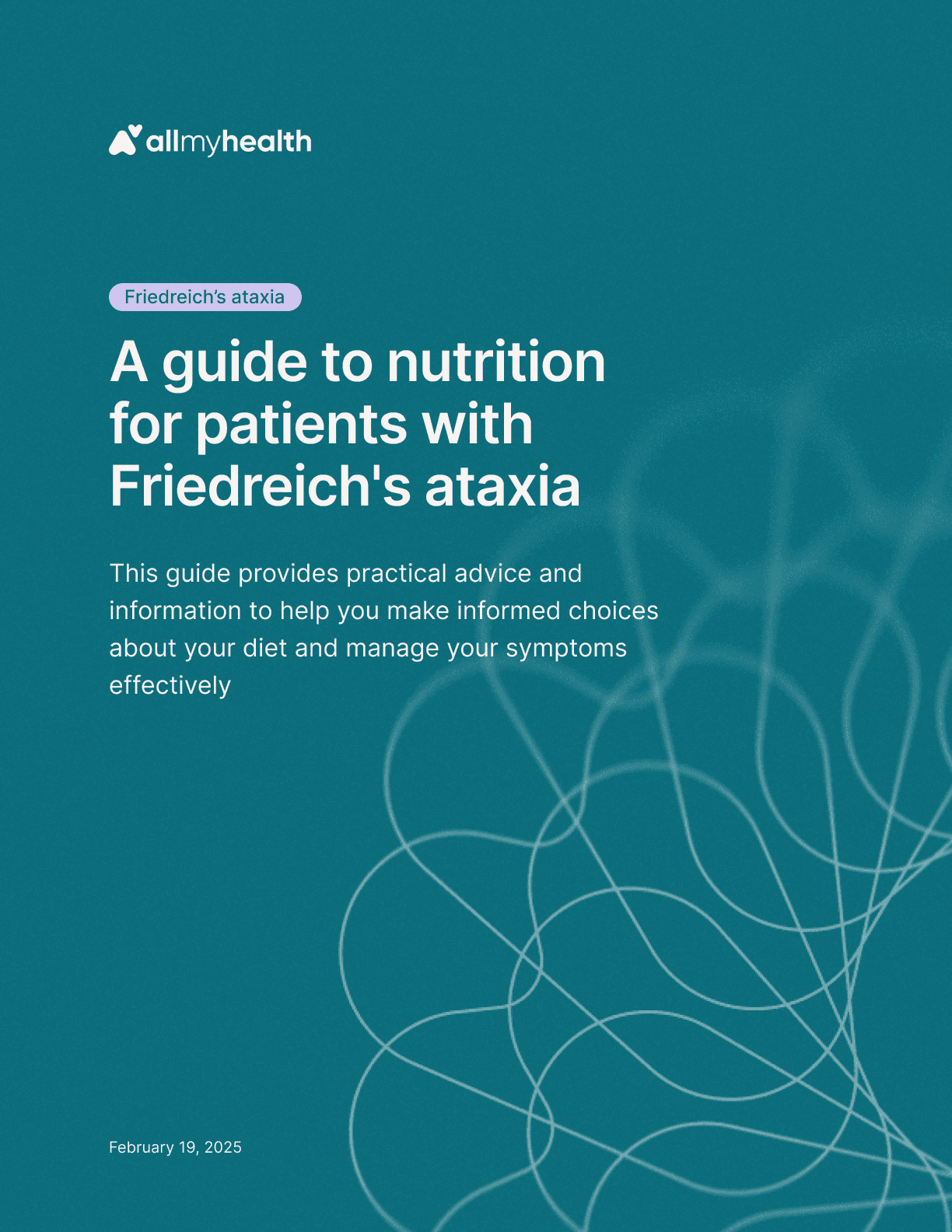
Friedreich's ataxia
·
A guide to nutrition for patients with Friedreich's ataxia
Feb 19, 2025
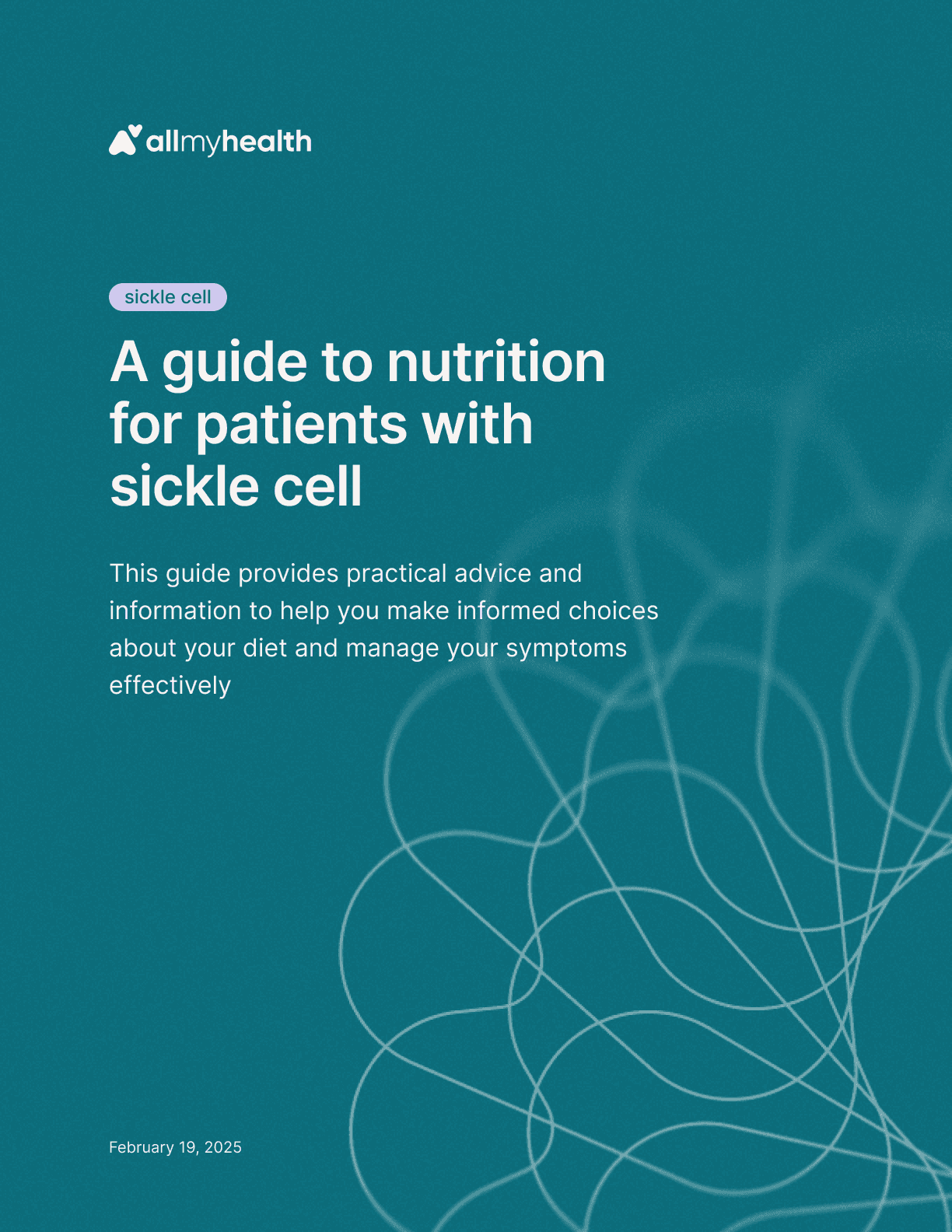
Sickle cell
·
A guide to nutrition for patients with sickle cell
Feb 19, 2025

Mantle cell lymphoma
·
A guide to nutrition for patients with mantle cell lymphoma
Feb 19, 2025
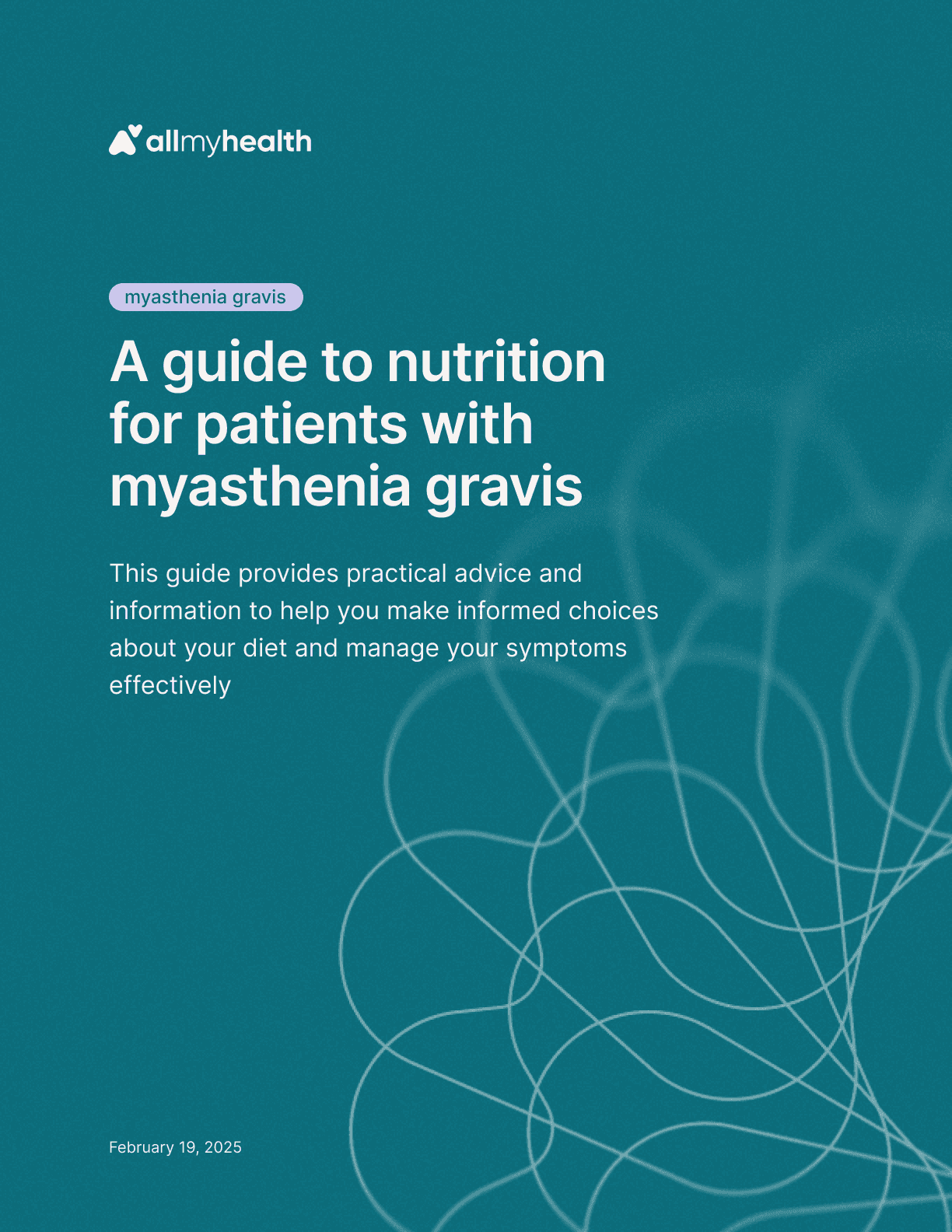
Myasthenia gravis
·
A guide to nutrition for patients with myasthenia gravis
Feb 19, 2025
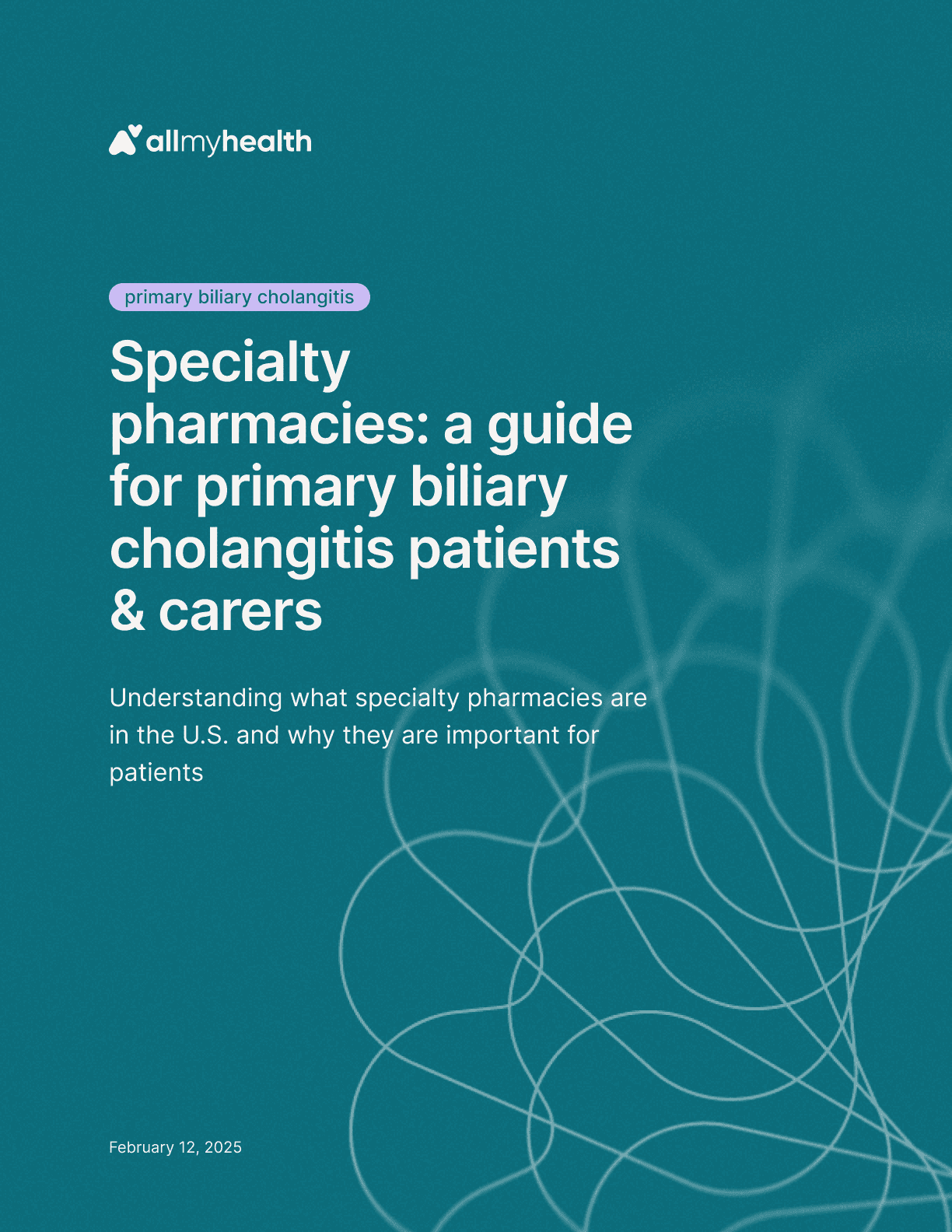
Primary biliary cholangitis
·
Specialty pharmacies: a guide for primary biliary cholangitis patients & carers
Feb 12, 2025
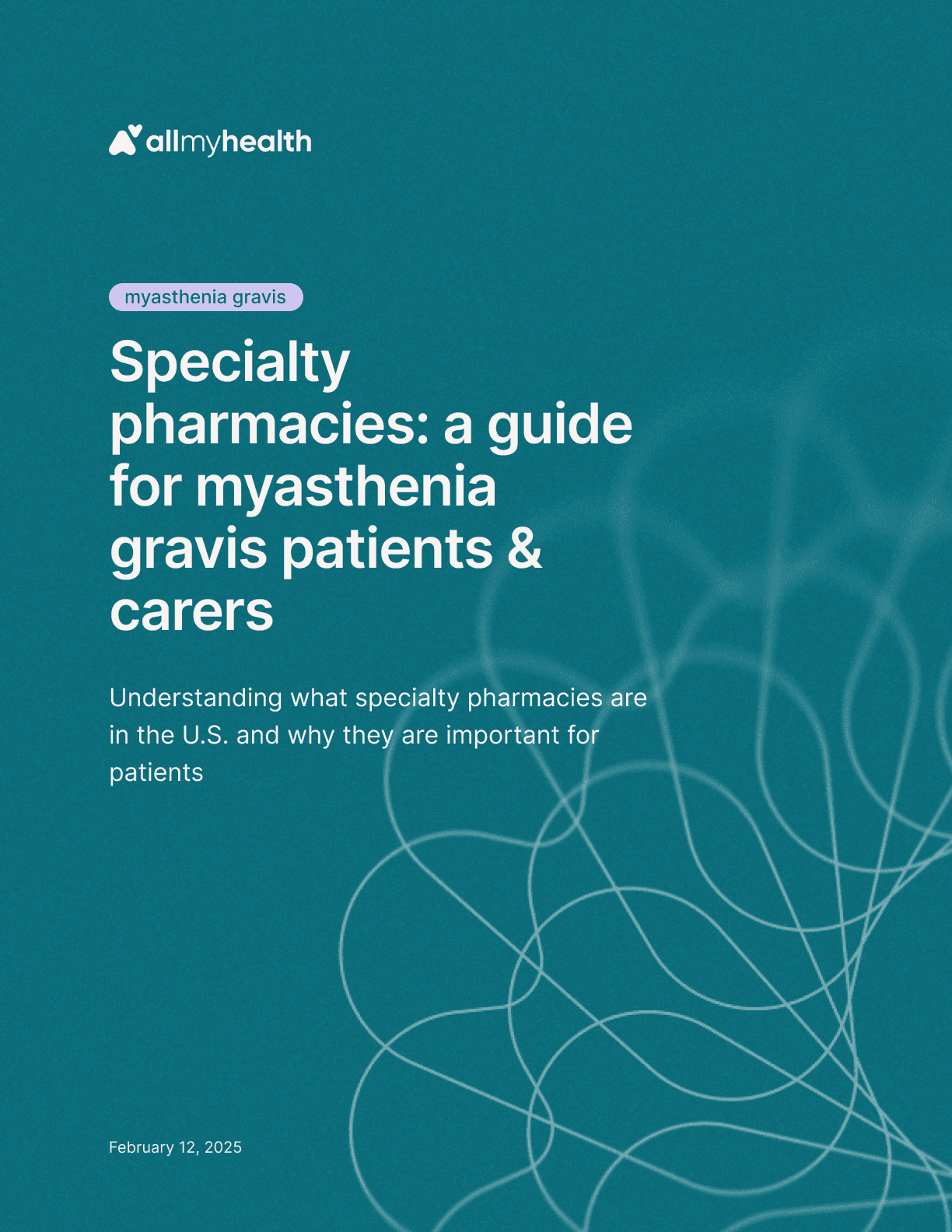
Myasthenia gravis
·
Specialty pharmacies: a guide for myasthenia gravis patients & carers
Feb 12, 2025
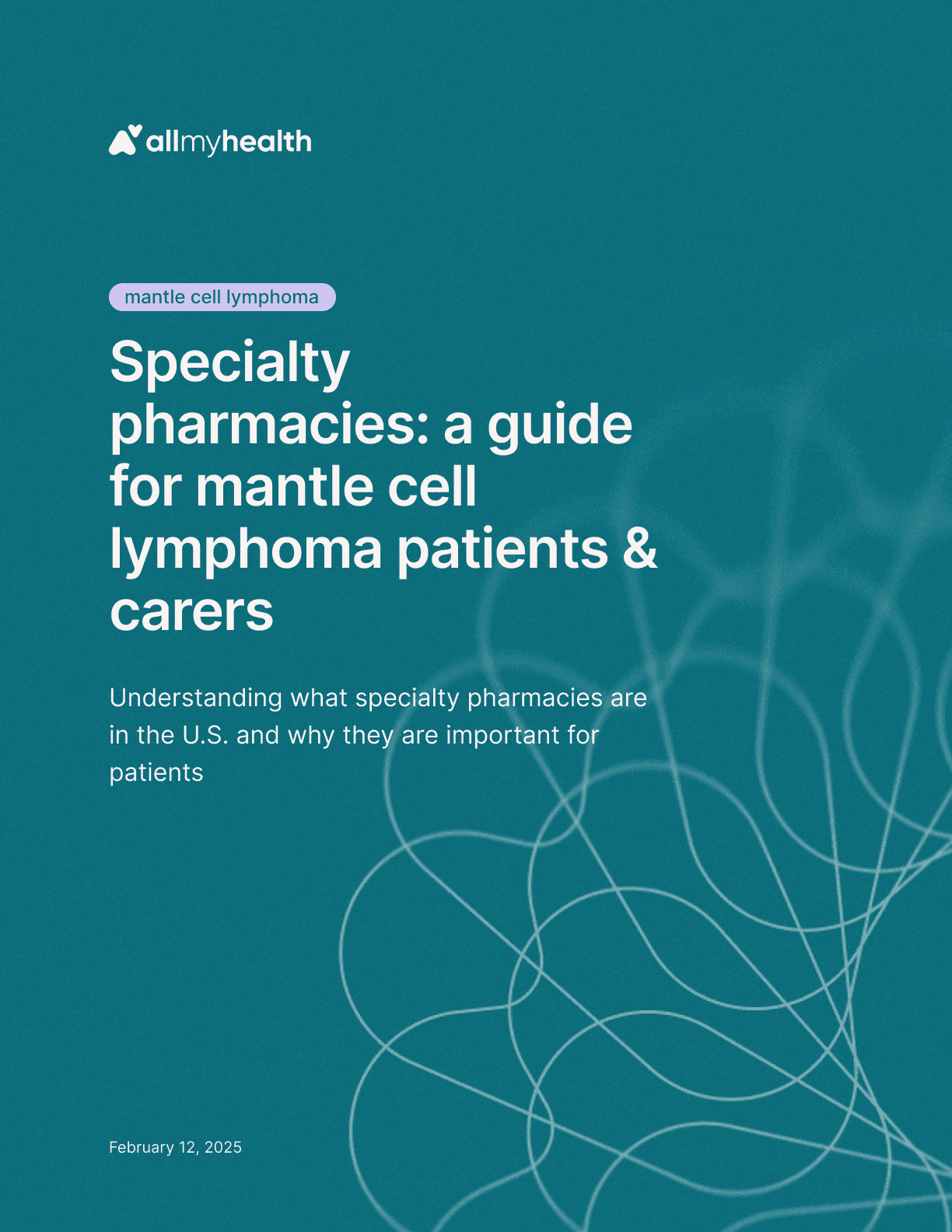
Mantle cell lymphoma
·
Specialty pharmacies: a guide for mantle cell lymphoma patients & carers
Feb 12, 2025

Friedreich's ataxia
·
Specialty pharmacies: a guide for Friedreich’s ataxia patients & carers
Feb 12, 2025

Duchenne muscular dystrophy
·
Specialty pharmacies: a guide for Duchenne muscular dystrophy patients & carers
Feb 12, 2025

Spinal muscular atrophy
·
Specialty pharmacies: a guide for SMA patients & carers
Feb 6, 2025
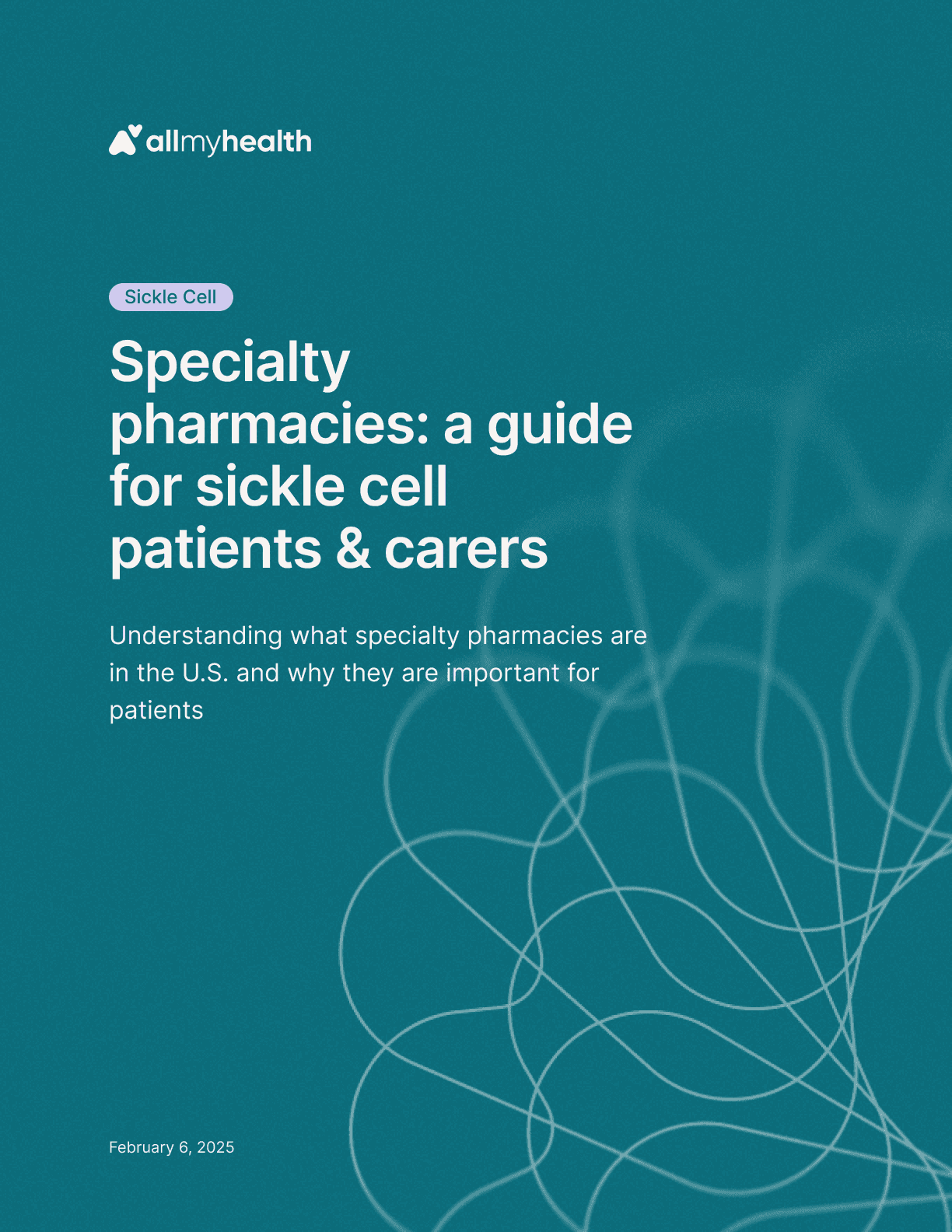
Sickle cell
·
Specialty pharmacies: a guide for sickle cell patients & carers
Feb 6, 2025
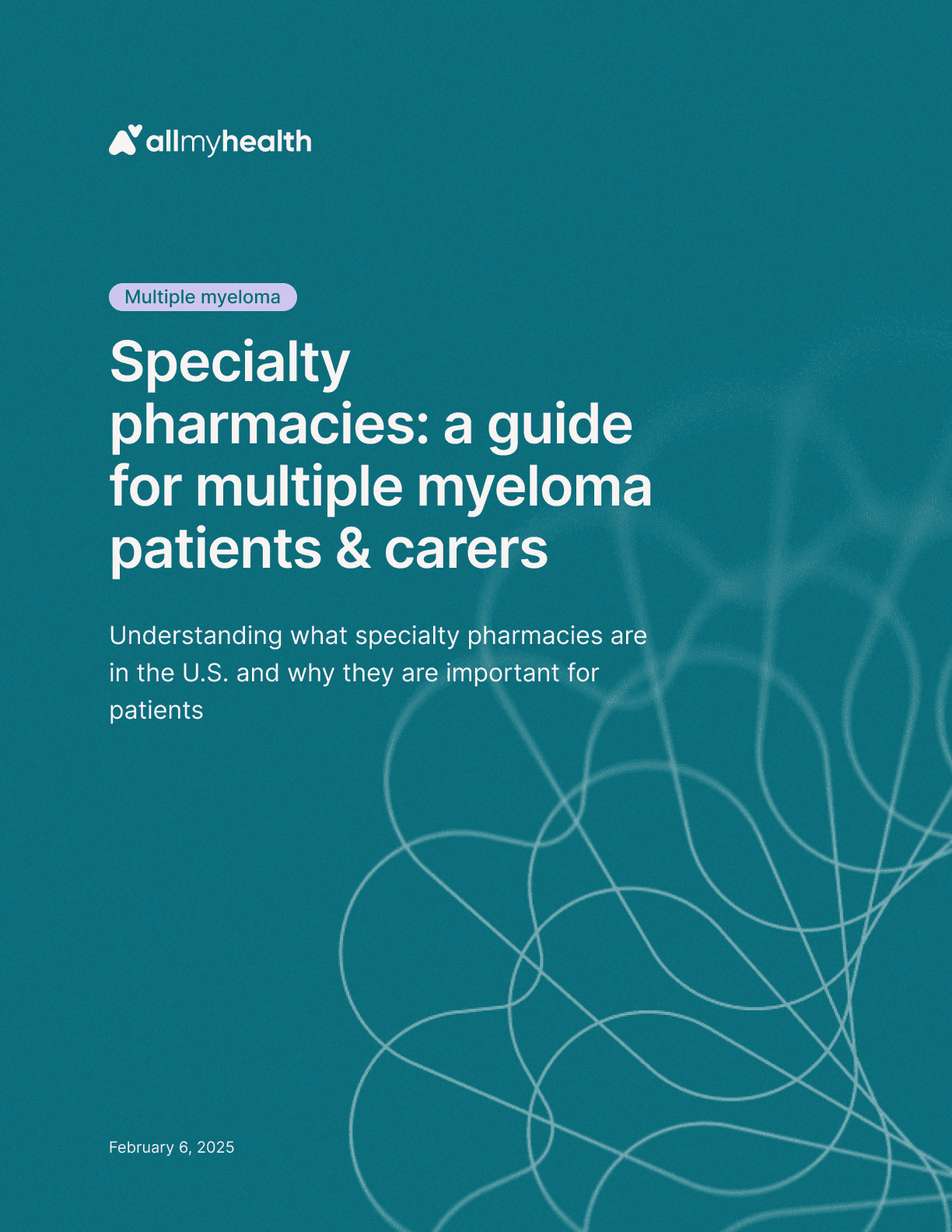
Multiple myeloma
·
Specialty pharmacies: a guide for multiple myeloma patients & carers
Feb 6, 2025
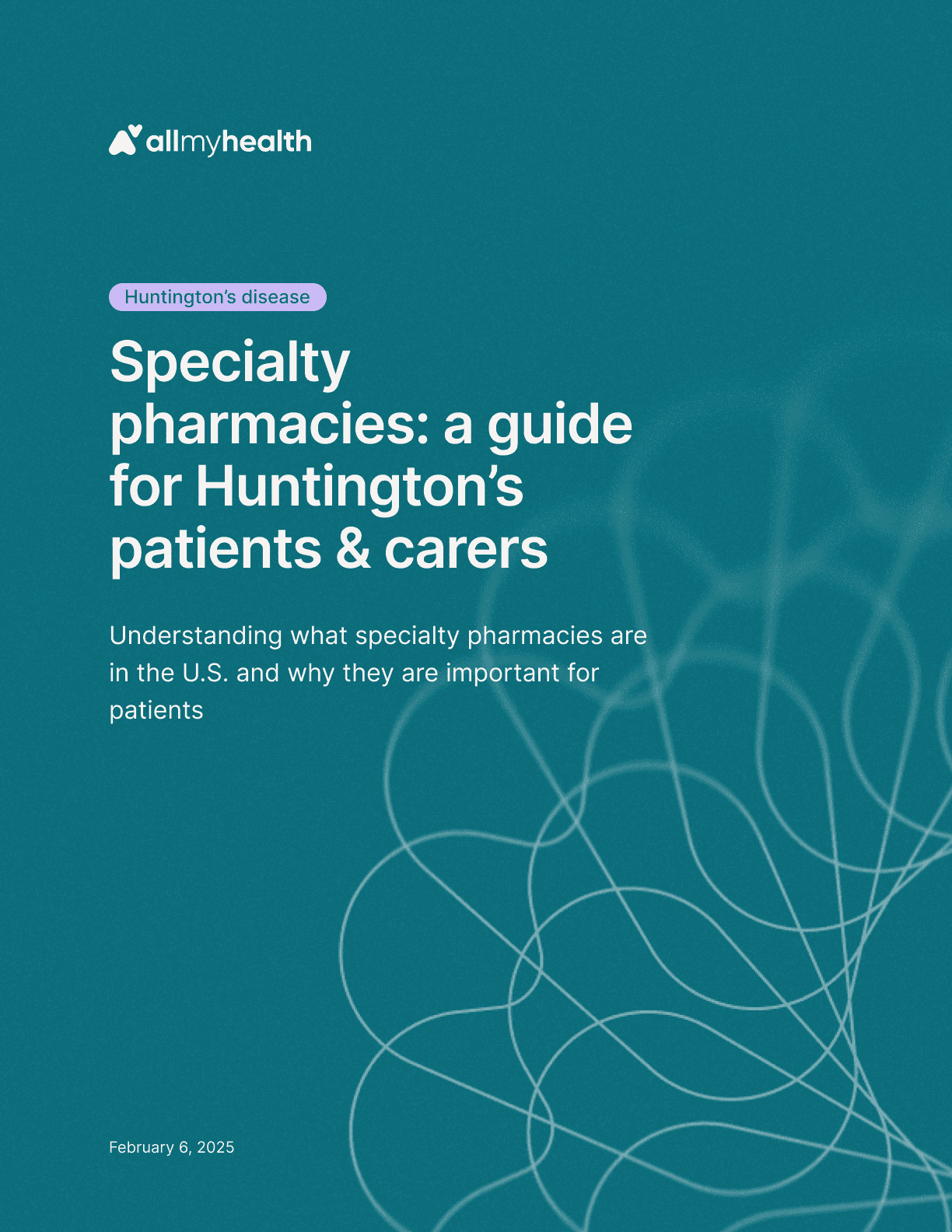
Huntington's disease
·
Specialty pharmacies: a guide for Huntington’s disease patients & carers
Feb 6, 2025
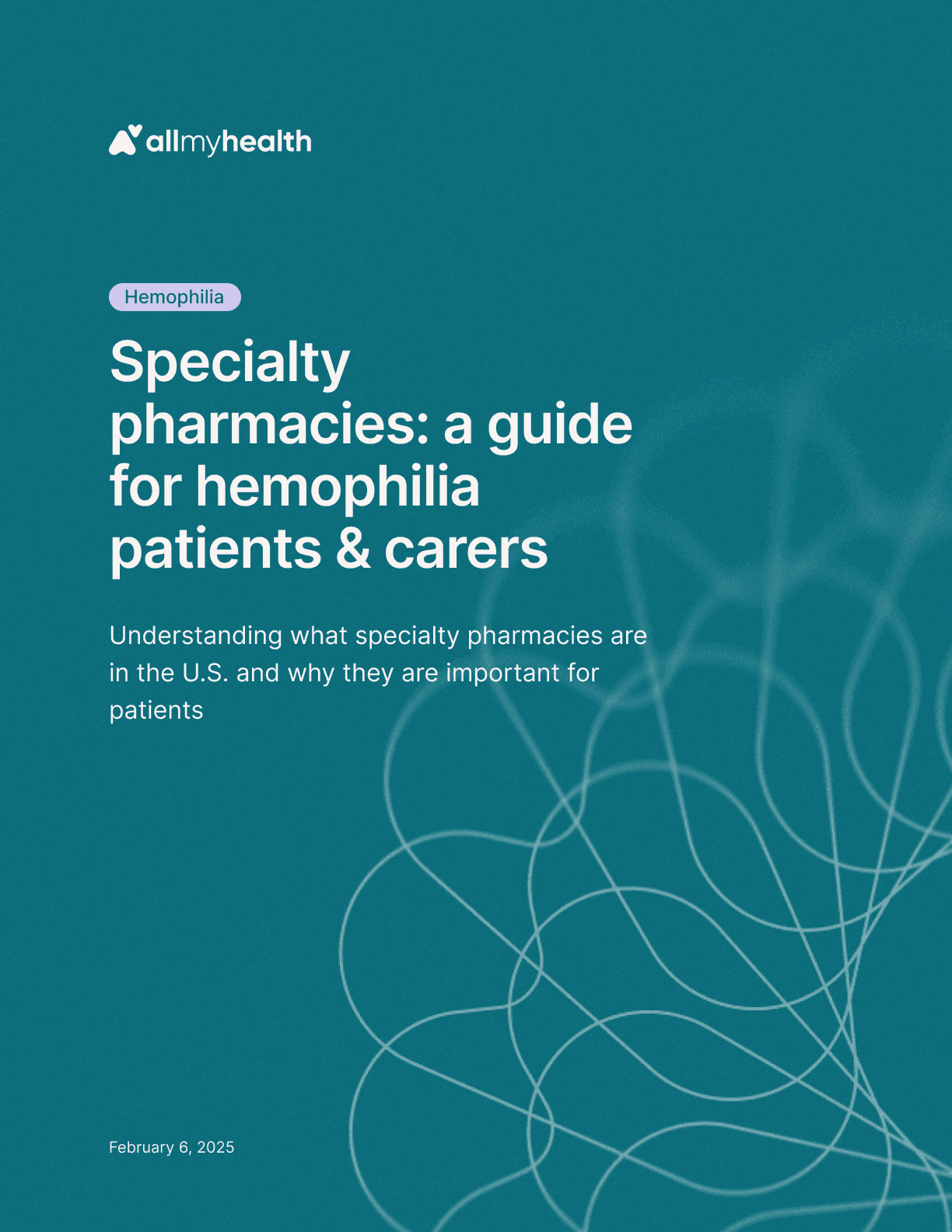
Hemophilia
·
Specialty pharmacies: a guide for hemophilia patients & carers
Feb 6, 2025

Amyotrophic lateral sclerosis
·
Specialty pharmacies: a guide for ALS patients & carers
Feb 6, 2025

Duchenne muscular dystrophy
·
Understanding Duchenne muscular dystrophy: a guide for patients
Jan 30, 2025

Friedreich's ataxia
·
Understanding Friedreich's ataxia: a guide for patients
Jan 30, 2025

Hemophilia
·
Understanding hemophilia: a guide for patients
Jan 30, 2025
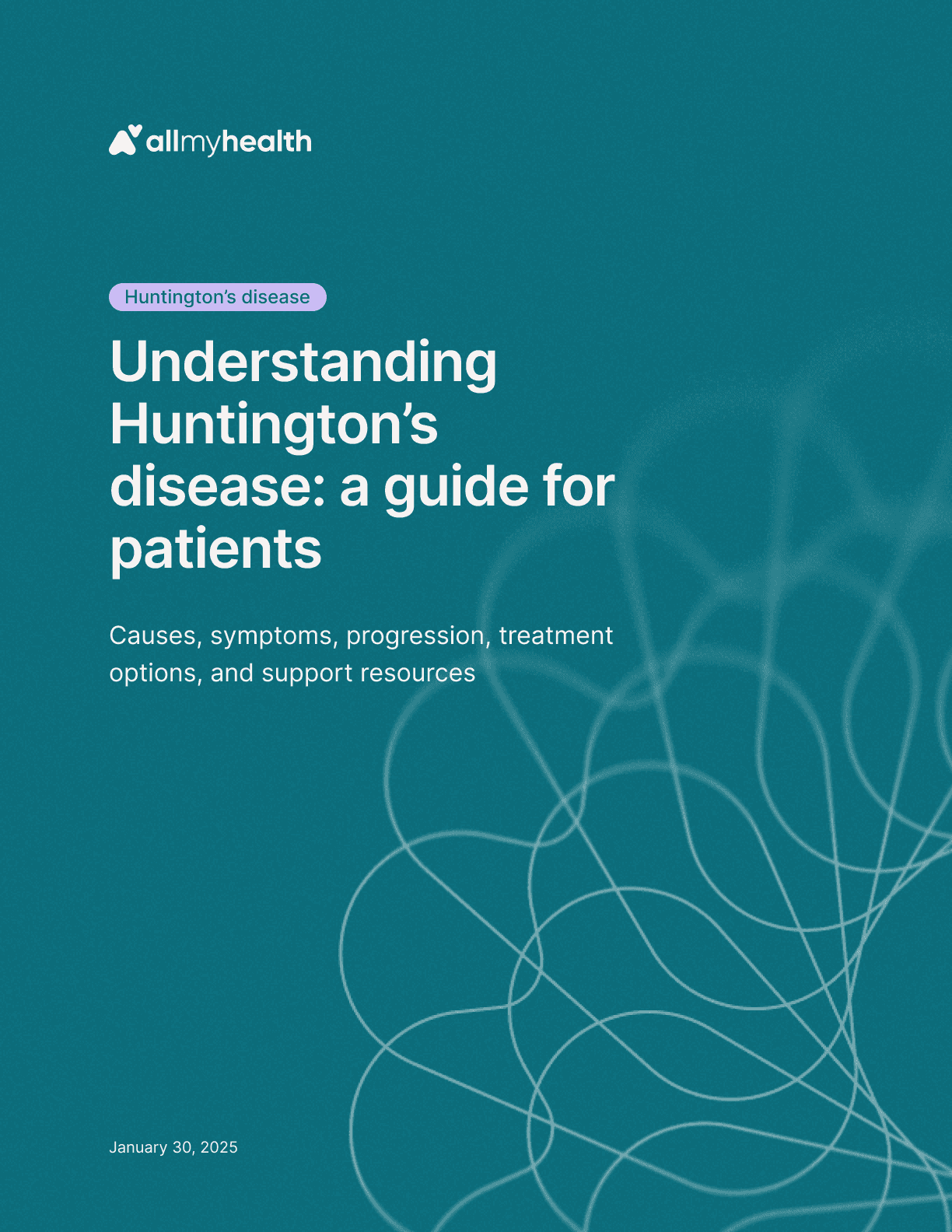
Huntington's disease
·
Understanding Huntington’s disease: a guide for patients
Jan 30, 2025
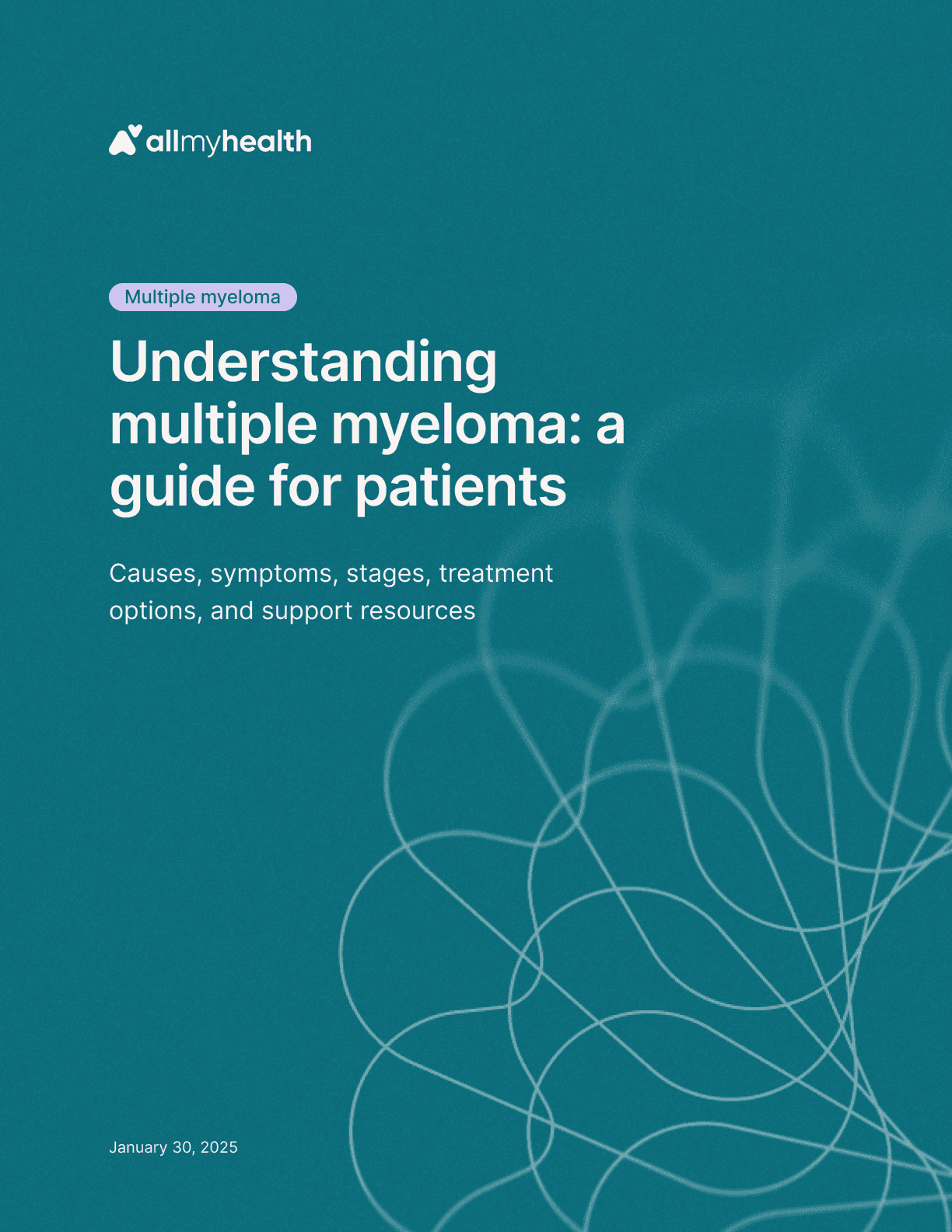
Multiple myeloma
·
Understanding multiple myeloma: a guide for patients
Jan 30, 2025

Primary biliary cholangitis
·
Understanding primary biliary cholangitis: a guide for patients
Jan 30, 2025
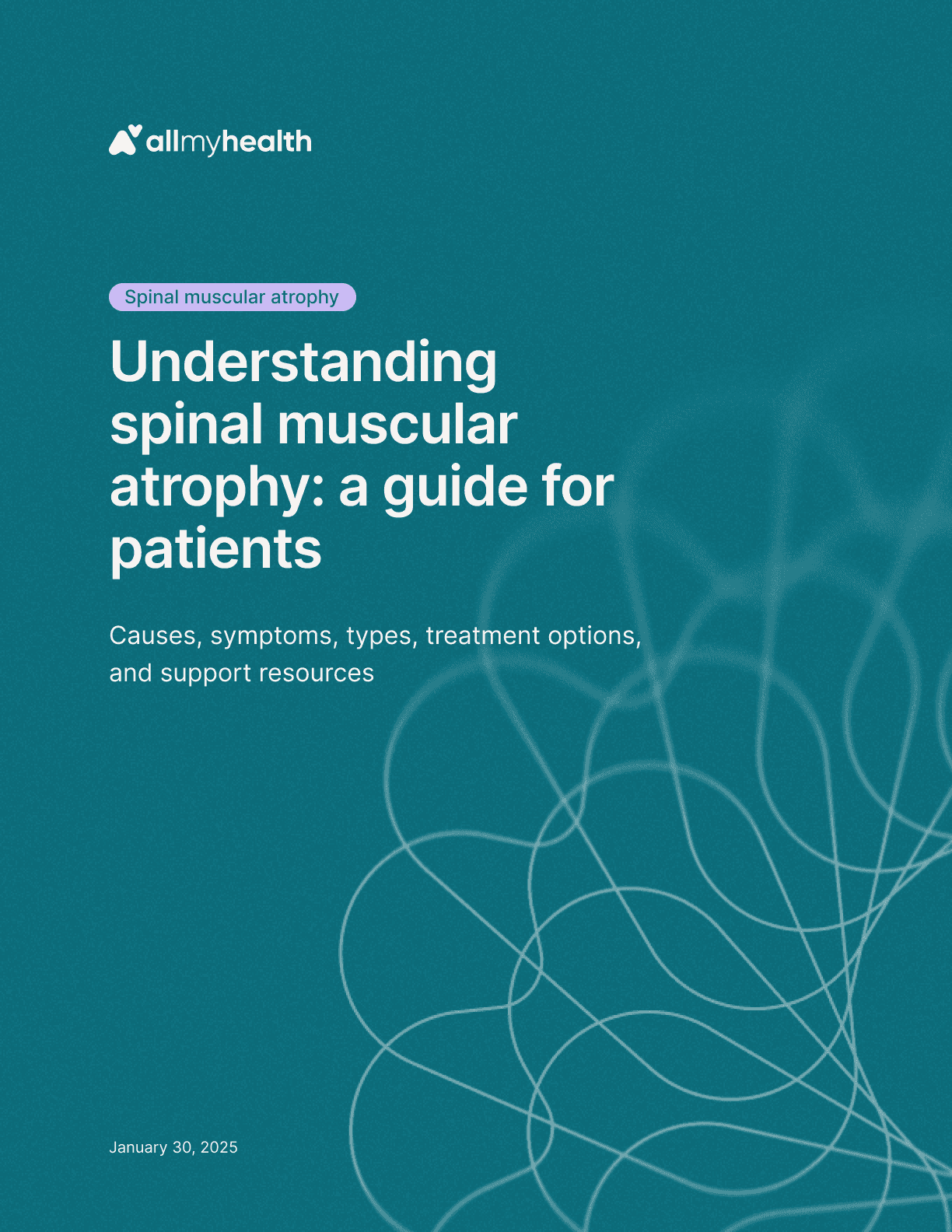
Spinal muscular atrophy
·
Understanding spinal muscular atrophy: a guide for patients
Jan 30, 2025

Amyotrophic lateral sclerosis
·
Understanding amyotrophic lateral sclerosis: a guide for patients
Jan 23, 2025

Mantle cell lymphoma
·
What is mantle cell lymphoma? A guide to MCL and common medical terms
Jan 23, 2025
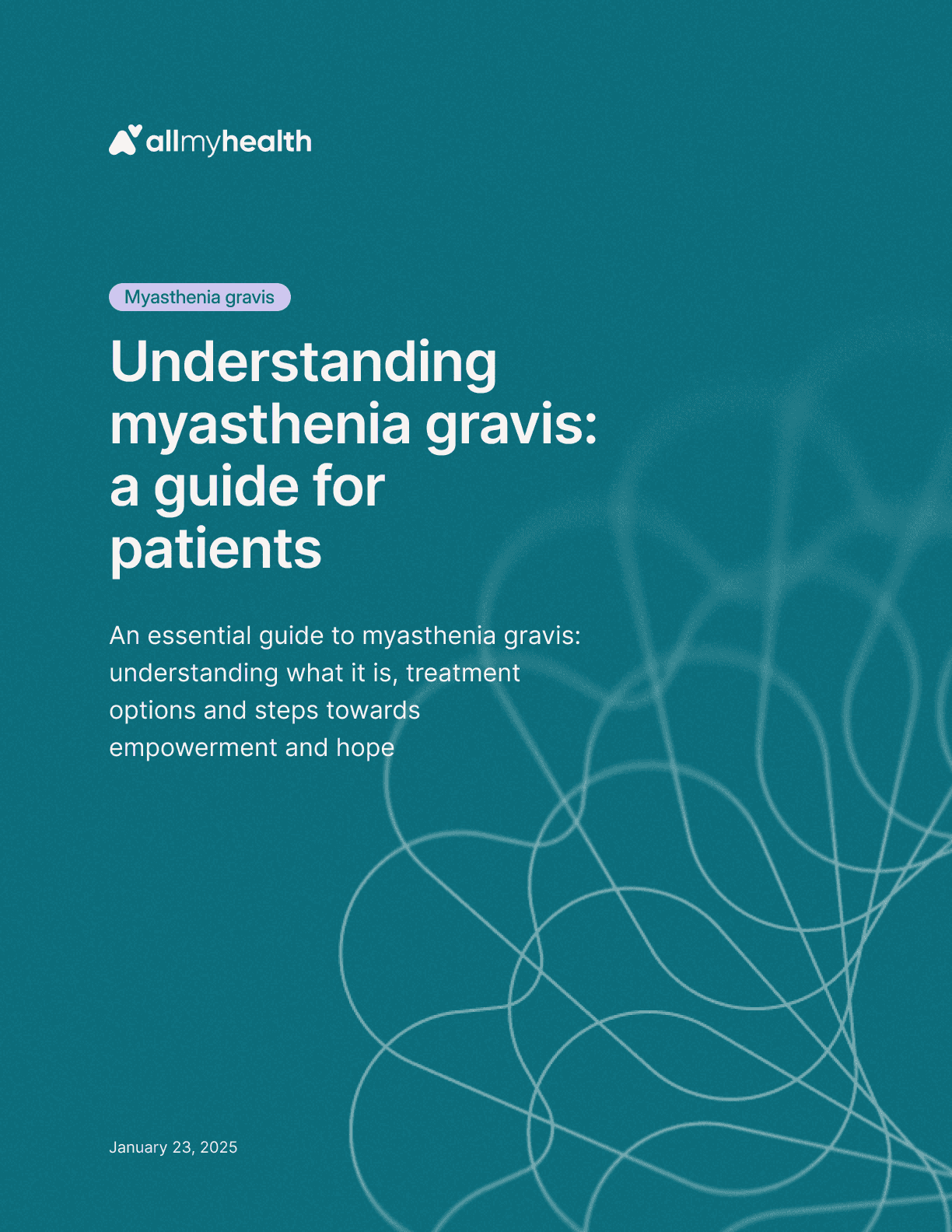
Myasthenia gravis
·
Understanding myasthenia gravis: a guide for patients
Jan 23, 2025
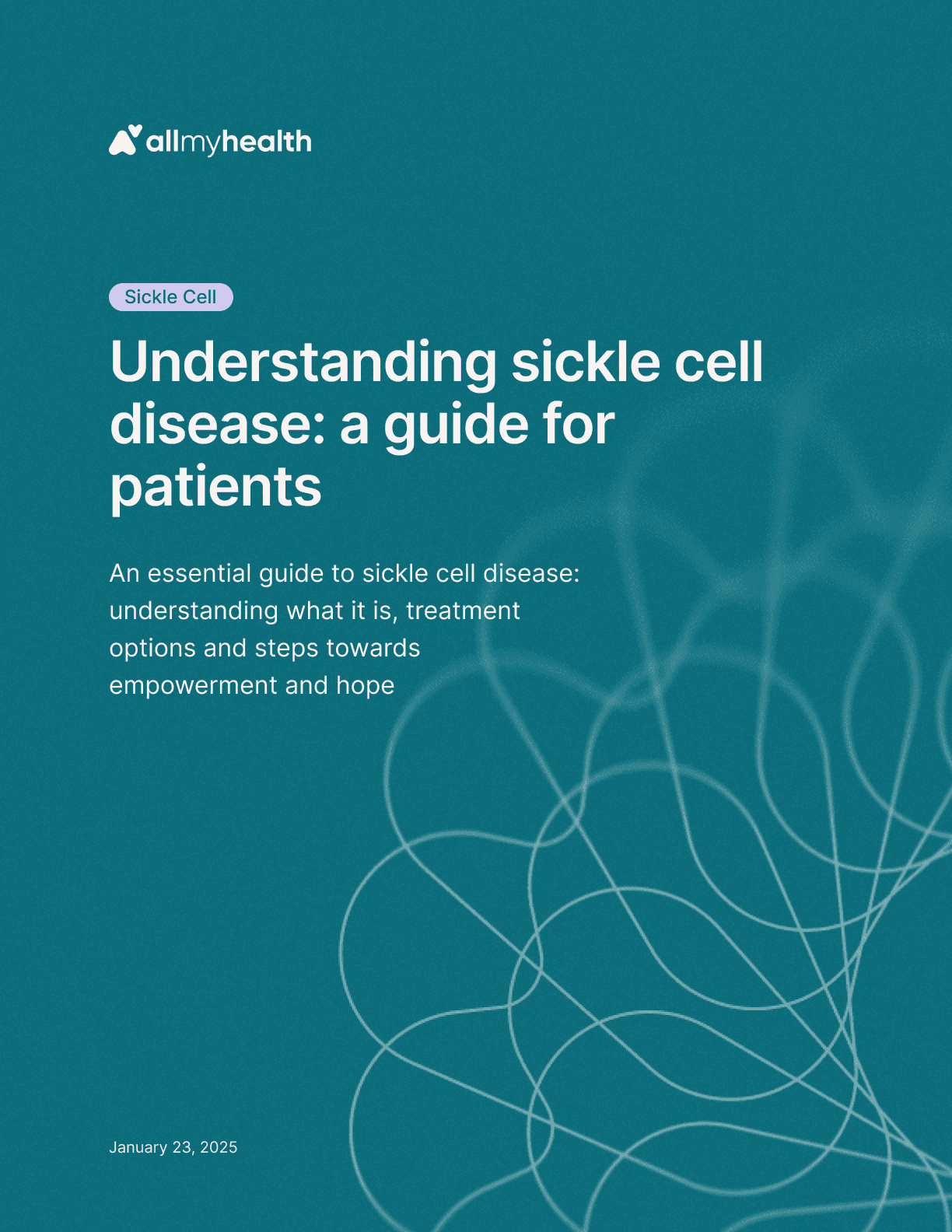
Sickle cell
·
Understanding sickle cell disease: a guide for patients
Jan 23, 2025
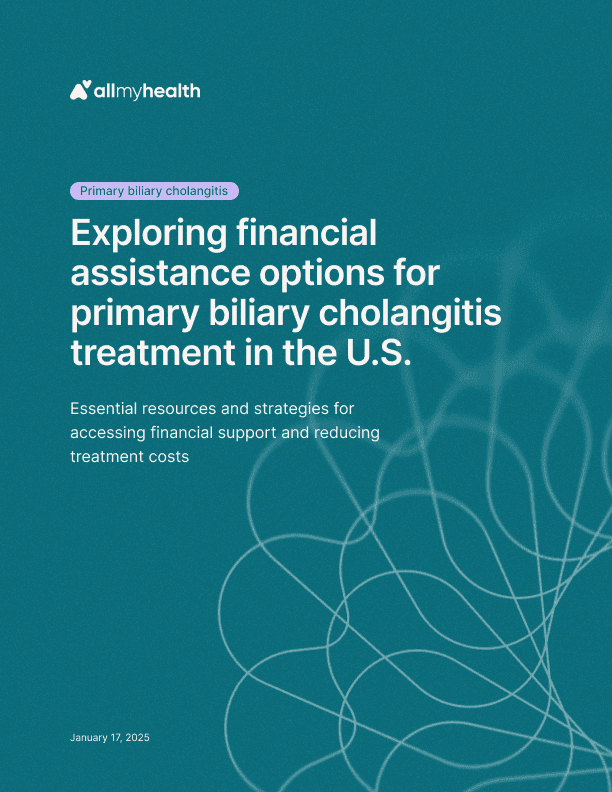
Primary biliary cholangitis
·
Exploring financial assistance options for primary biliary cholangitis treatment in the U.S.
Jan 17, 2025
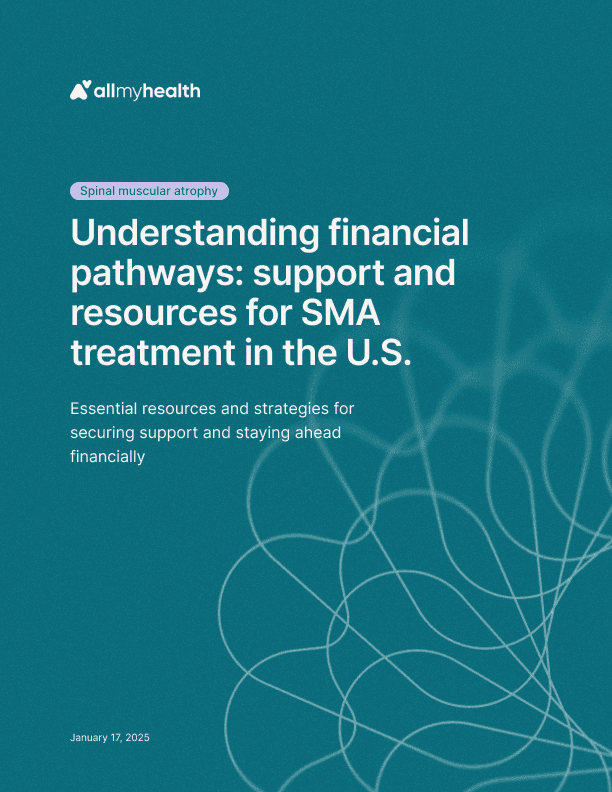
Spinal muscular atrophy
·
Understanding financial pathways: support and resources for SMA treatment in the U.S.
Jan 17, 2025

Duchenne muscular dystrophy
·
Financial strategies for muscular dystrophy in the U.S.
Jan 17, 2025

Hemophilia
·
Navigating financial assistance for hemophilia treatment in the U.S.
Jan 17, 2025
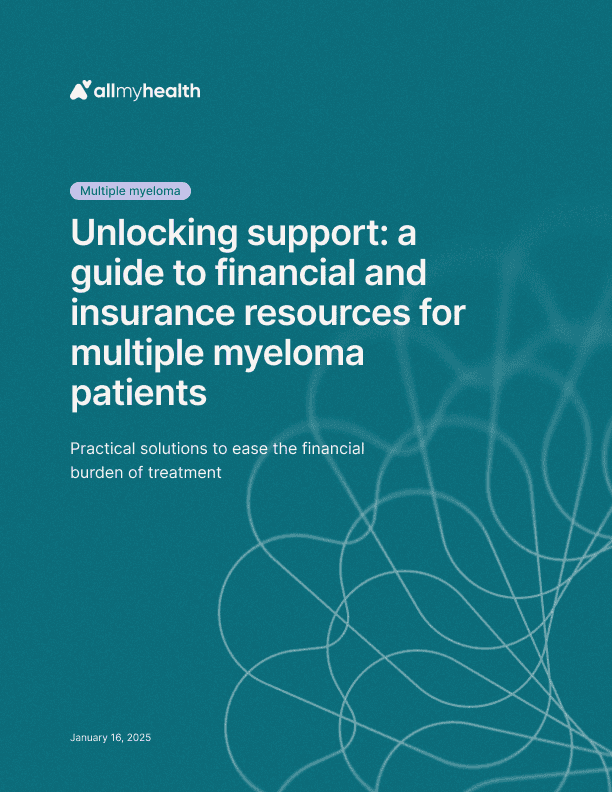
Multiple myeloma
·
Unlocking support: a guide to financial and insurance resources for multiple myeloma patients
Jan 17, 2025

Friedreich's ataxia
·
Navigating Friedreich’s ataxia in the U.S.: a practical guide to support and financial planning
Jan 17, 2025
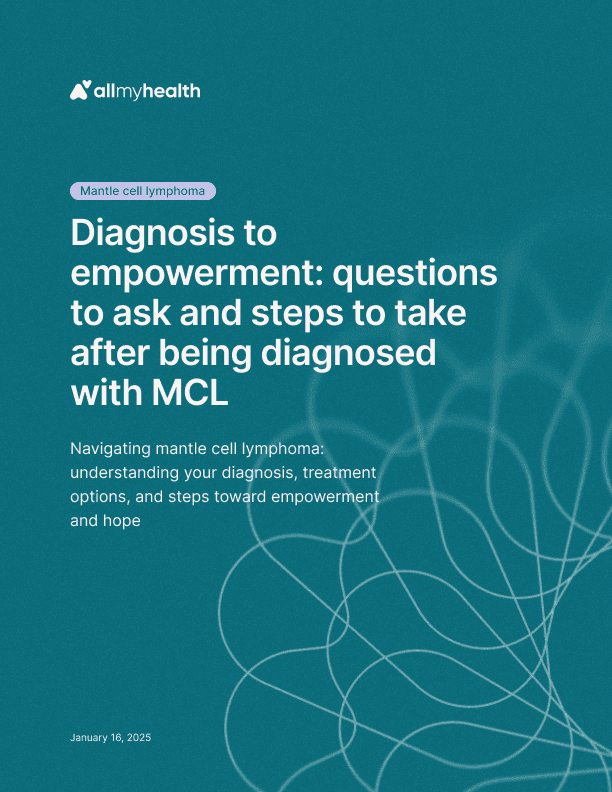
Mantle cell lymphoma
·
Diagnosis to empowerment: questions to ask and steps to take after being diagnosed with MCL
Jan 16, 2025
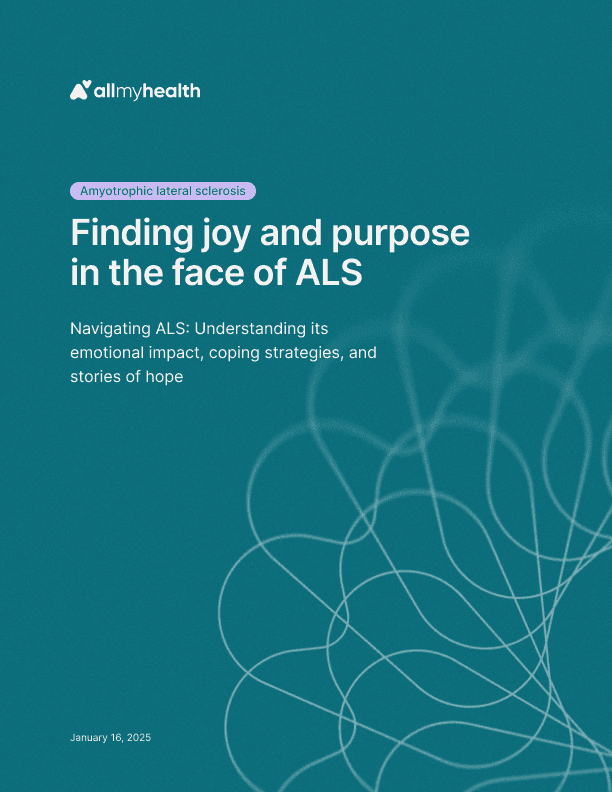
Amyotrophic lateral sclerosis
·
Finding joy and purpose in the face of ALS
Jan 16, 2025

Myasthenia gravis
·
Financial strategies for living with myasthenia gravis in the U.S.: a guide to long-term planning
Jan 16, 2025